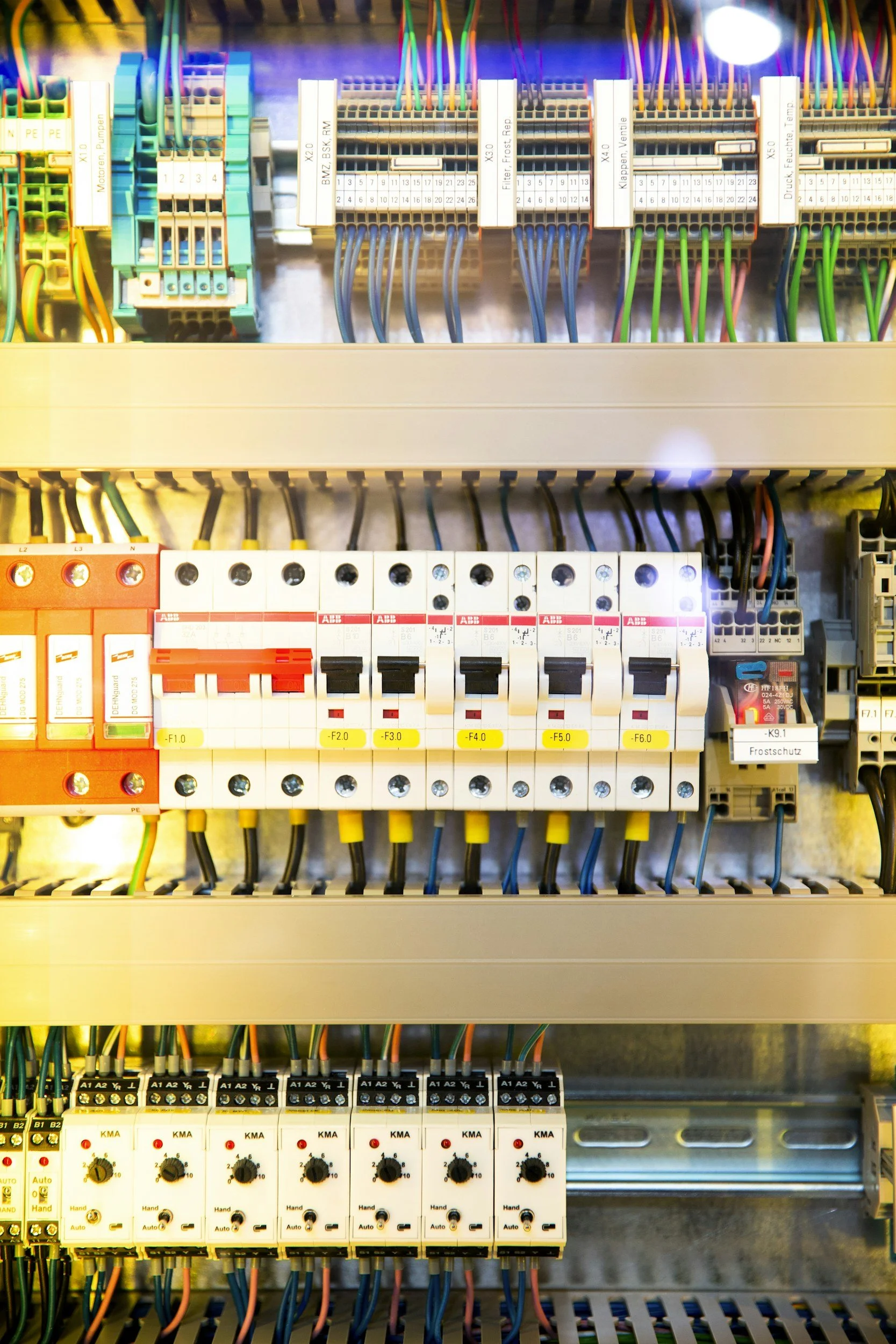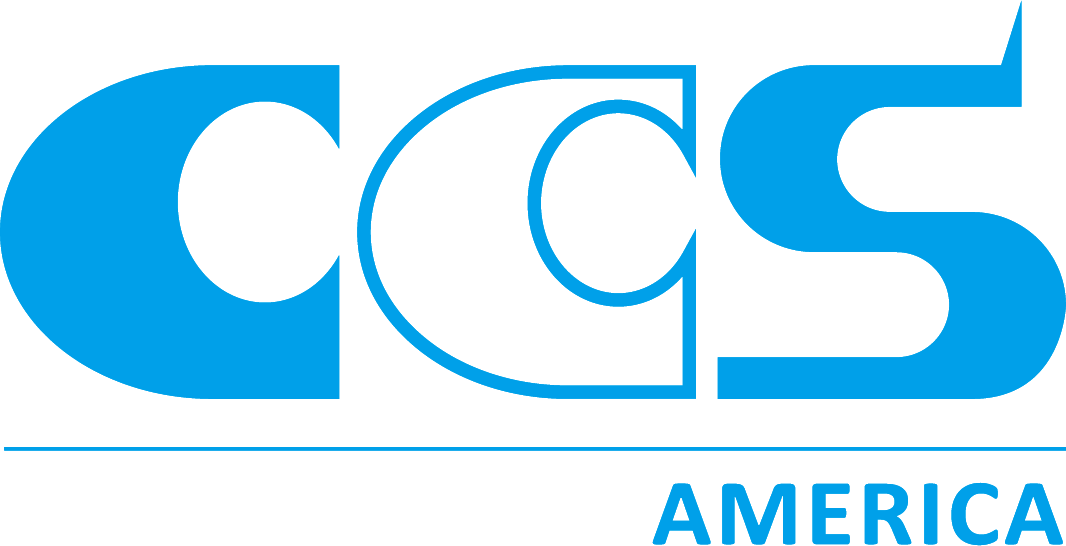
Lighting Control
Lighting control is how you manage and adjust light sources to get consistent brightness for every image, and in turn, optimize the reliability of image quality for automated inspection or analysis. This involves setting specific parameters like intensity, timing, and duration.
When Lighting Isn’t Controlled, Neither Are Your Results
Basic continuous-on lighting is easy to justify: it’s simple, low-cost, and fast to set up.
Dedicated lighting control, by contrast, adds a learning curve many engineers want to avoid if possible.
But skipping it can cost more in the long run: LEDs degrade faster without proper control due to the heat generated, leading to downtime for more frequent replacements.
And as systems scale or speed up, continuous lighting fails to keep up, causing performance bottlenecks. Relying on manual or uncontrolled lighting can lead to misfires, where some images only get half the intensity they should.
Lighting Works Harder When You Control It
Basic lighting may get you started, but it rarely holds up as inspections get faster, more complex, or more demanding.
With dedicated lighting control, you get command over intensity, timing, and synchronization down to the microsecond—so your system stays accurate and repeatable, no matter what changes on the line.
Whether you're running rapid-fire inspections or managing multiple lights across stations, advanced controllers help you minimize variability as you scale. You can fine-tune strobe timing, safely overdrive for brightness, and keep lights performing consistently over time.
The result? Fewer errors, longer LED life, and a system that performs just as well on Day 1000 as it did on Day 1.
Types of Lighting Control
| Built-in (Internal Driver) | Voltage-driven (External Controller) | Current-driven (External Controller) | |
|---|---|---|---|
| What It Is |
|
|
|
| Pros |
|
|
|
| Cons |
|
|
|
| Best Use Cases |
|
|
|
“LEDs are rated for a certain number of hours. So when lights without control are left to run constantly, they can require replacement in just a few years. Using a dedicated controller to synchronize light output with camera exposure and starting intensity at 80% can extend LED life closer to ten years while keeping illumination consistent even as LEDs age and light output decreases.”
— Application Engineer at CCS America


